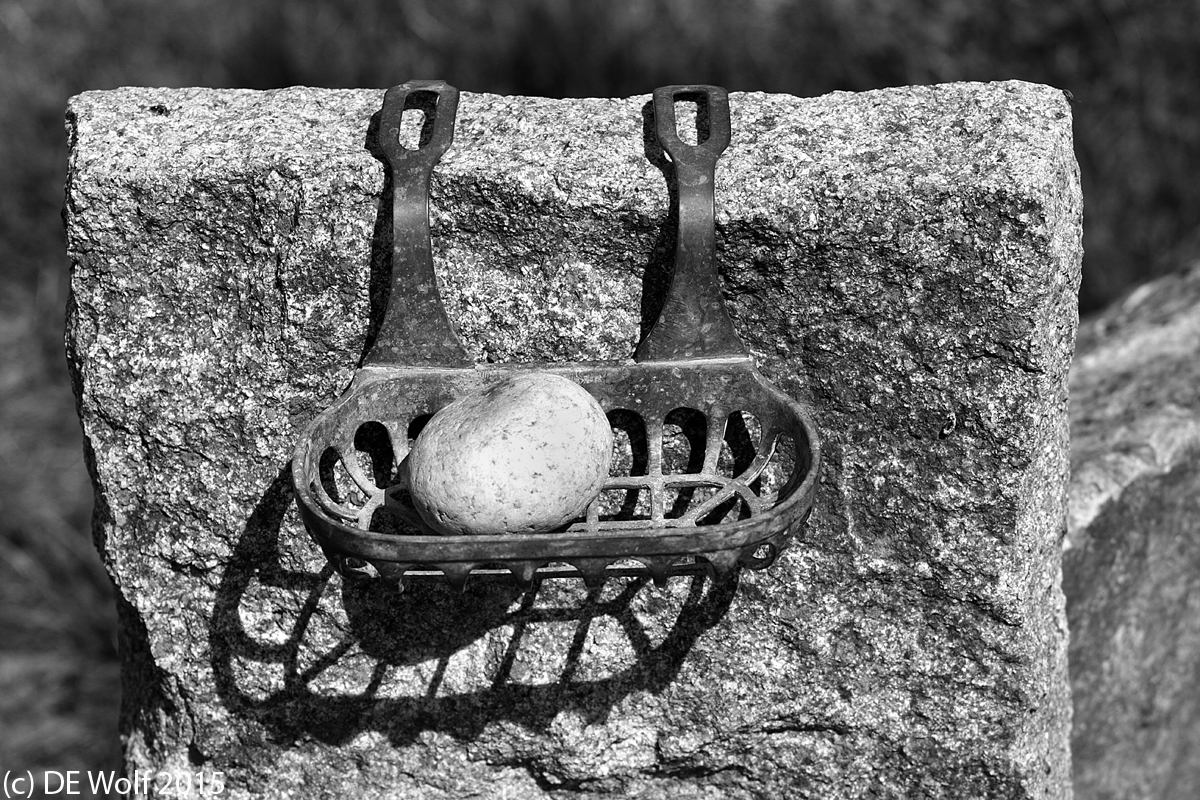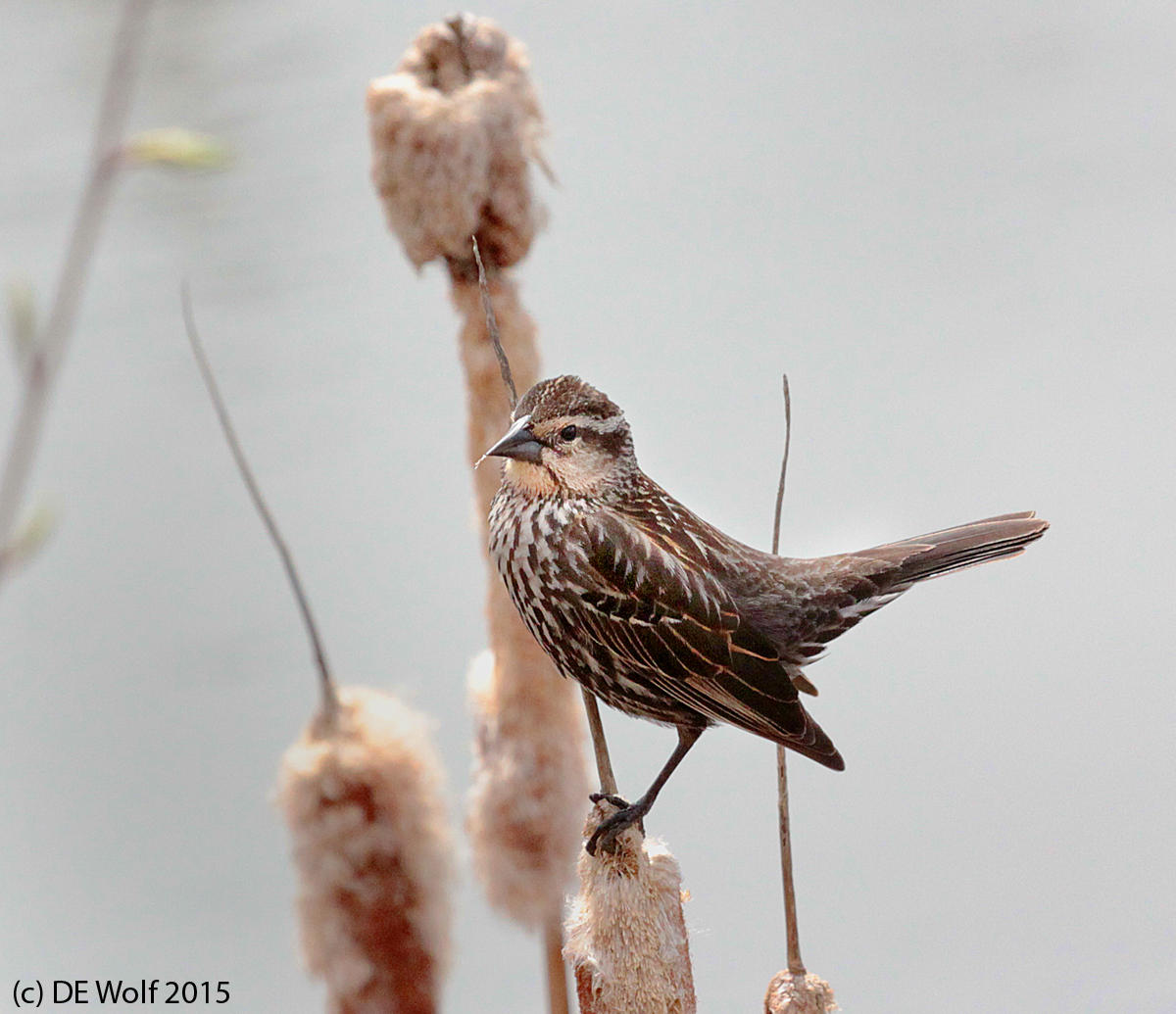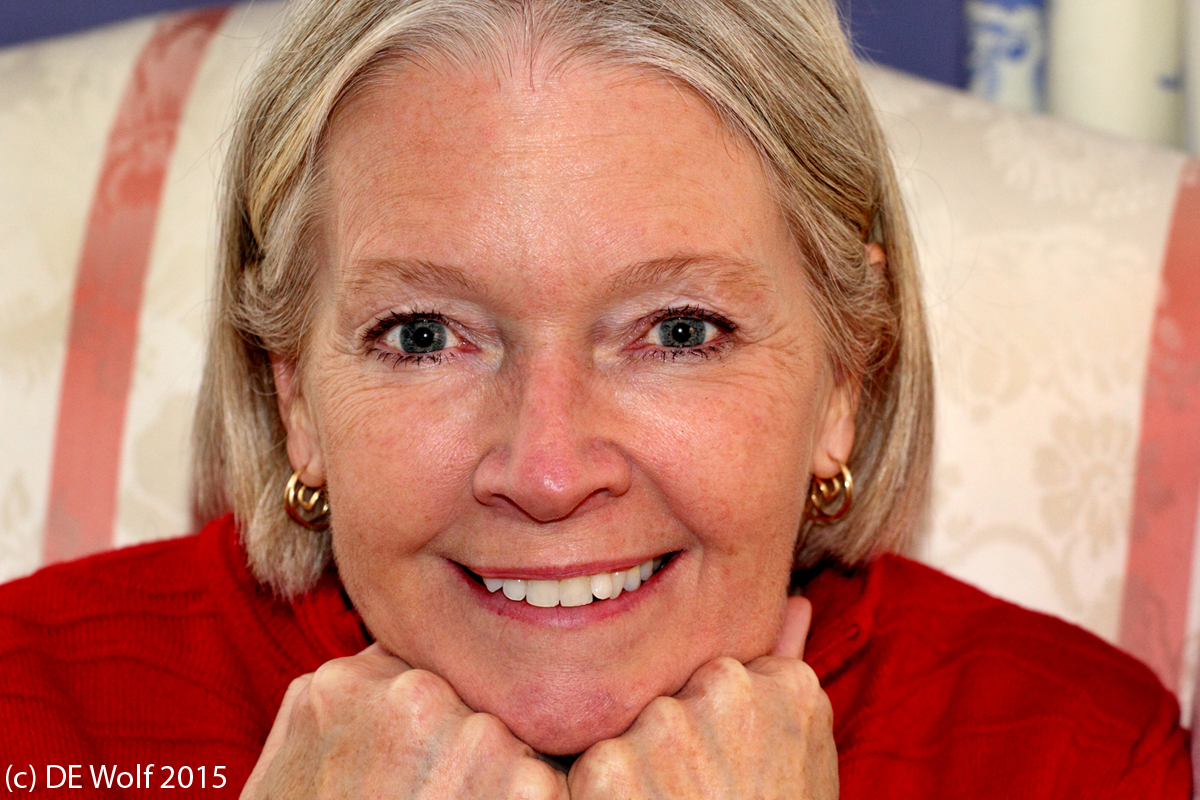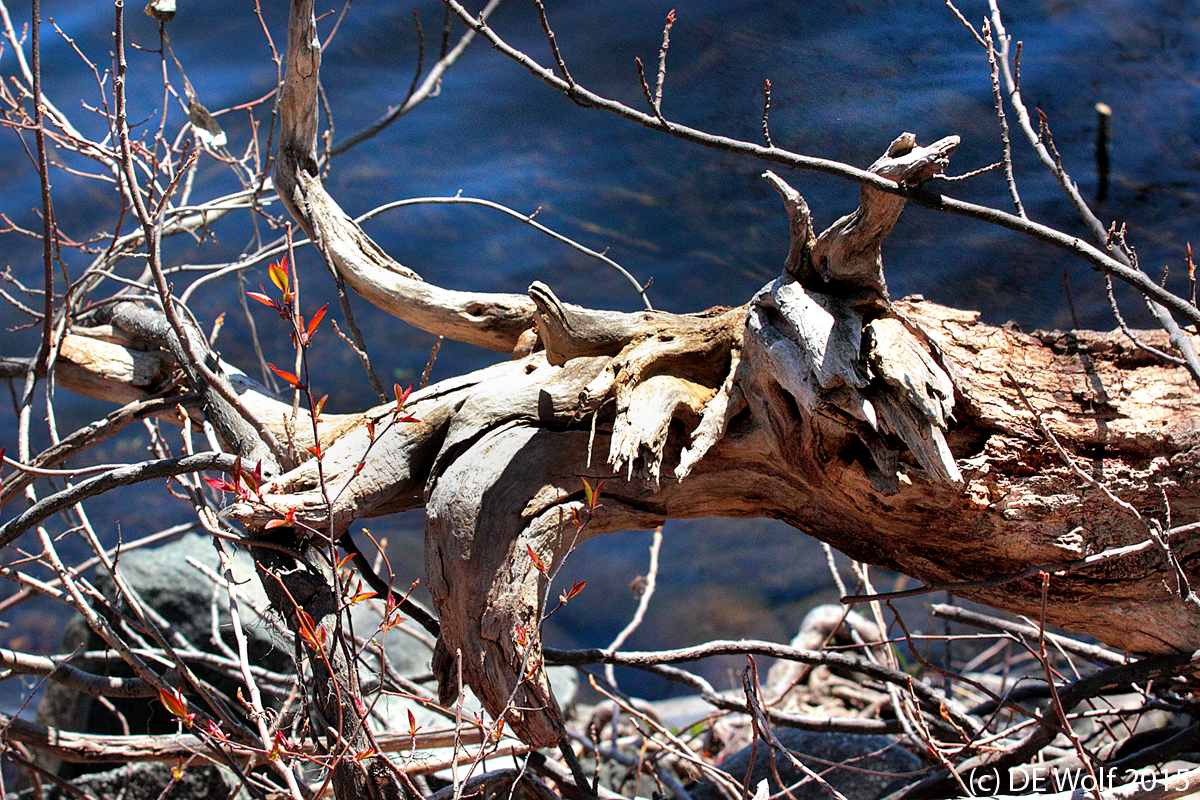I have been corresponding with a reader about the difficulty of photographing black (or black-faced) cats. It is indeed a challenge, although solvable. The complexity is getting the cat to sit still Oh, of course, cats will readily sit quite still when they are fast asleep and that is most of the time. However, try to get them to open their eyes for the photograph and they give you this “get that camera out of my face” glare. And if you try to use flash, well after the first attempt they can shut their eyes faster than your camera can flash.
But if you are looking for a true feline challenge, try to get your cat to smile. There is, of course, the Chesire Cat of Lewis Carroll’s Alice’s Adventures in Wonderland, who is known for his distinctive mischievous grin. Chesire has the distinguishing ability to make his body disappear. The last thing to go is his iconic grin. But Chesire is unfortunately purely fictional. The closest we ever came to a true Chesire cat was Theodore Roosevelt. But I offer up Figure 1, which I took with my IPhone, to show that the thing can be done.





